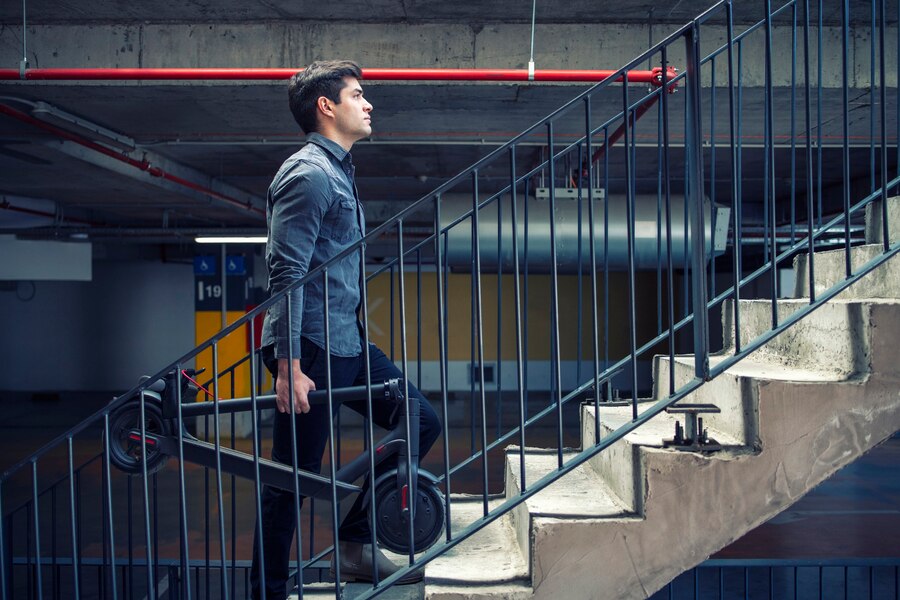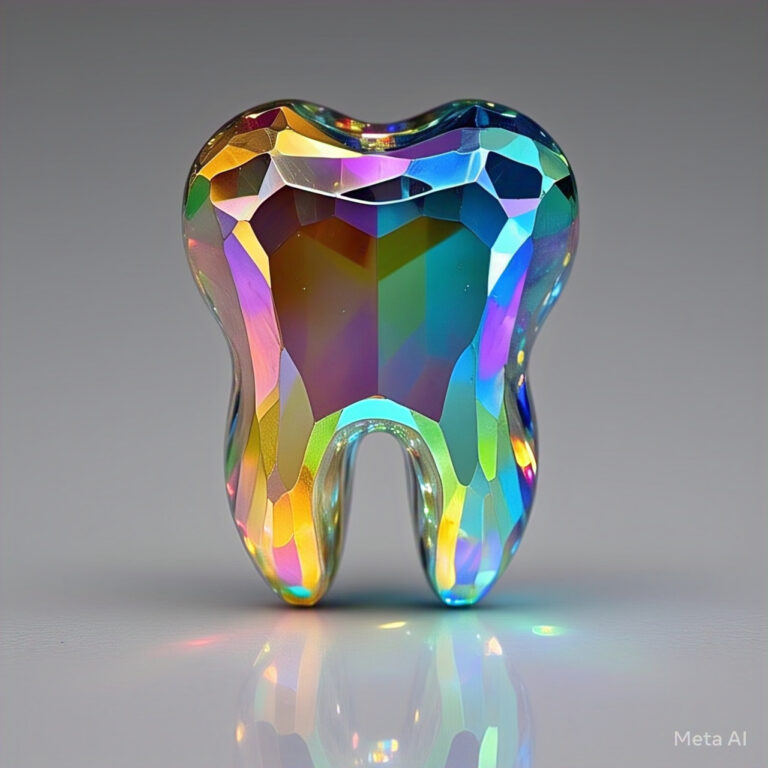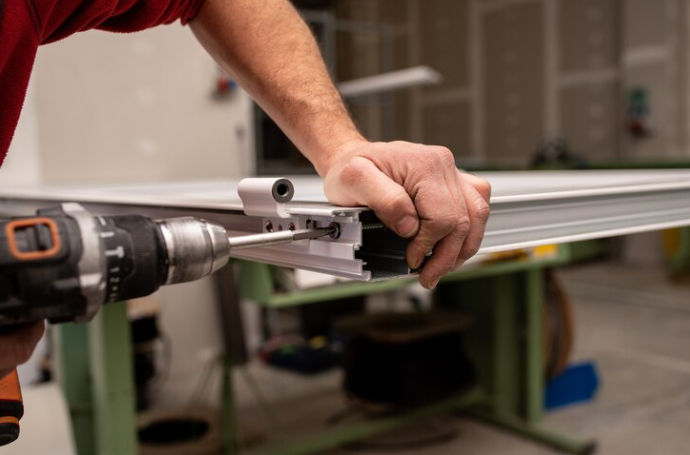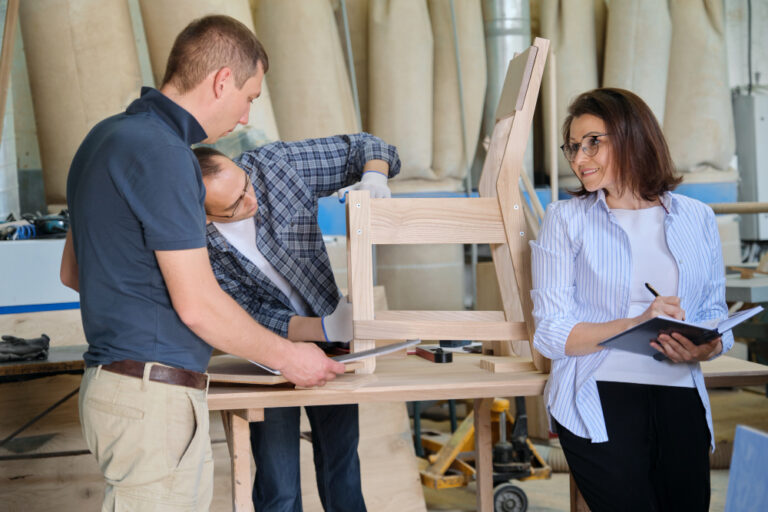Floating staircases, with their sleek modern look and space-saving design, are becoming increasingly popular in contemporary architecture. But the question of safety is always on everyone’s mind. This article will look at the key factors that contribute to the safety of floating staircases so they are beautiful, safe, and reliable.
What Makes A Floating Staircase Safe?Design and Build
The foundation of a safe floating staircase is in the design and build. Proper design is critical to support the expected load and stability. Structural engineers play a big part in this process, calculating the load-bearing requirements and ensuring the staircase can withstand daily use.
High-End Materials
The choice of materials has a big impact on the safety and durability of floating staircases. Materials used are steel, tempered glass and reinforced concrete, all known for their strength and reliability. Using high-end materials means the staircase will be sturdy for years to come.
Professional Installation
Professional installation is key to the safety of floating staircases. Proper anchoring to walls or supporting structures is required to prevent movement or instability. Professional installers know how to ensure all components are fitted and aligned properly.
Building Codes and Regulations
Compliance with local building codes and safety regulations is a must. These codes specify requirements for load-bearing capacity, railing height and other safety features. Compliance means the staircase is not only safe but also legal.
Railings and Handrails
While the minimalist design of floating staircases often omits traditional railings, adding handrails or glass railings can add safety, especially for children and the elderly. These add extra support and reduce the risk of falls.
Maintenance
Like any architectural feature, floating staircases need maintenance. Periodic checks can help identify and address potential problems before they become hazards. Maintenance can include checking loose fittings, checking structural integrity and cleaning to keep non-slip surfaces.
Non Slip Surfaces
Non slip treads or coatings can be applied to the steps to reduce the risk of slipping. This is especially important in homes with young children or elderly residents where non-slip surfaces can prevent accidents.
Usage
The safety of floating staircases also depends on how they are used. Users should be cautious especially those with mobility issues.
Conclusion
When designed, built and maintained properly floating staircases can be both safe and beautiful. By focusing on high-end materials, professional installation, compliance with building codes and regular maintenance homeowners can enjoy the look of floating staircases without compromising safety. Consult with structural engineers or professional contractors, such as Jarrods staircases, to add more assurance, floating staircases can be a safe option for modern homes.







